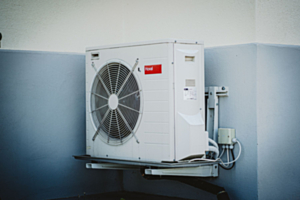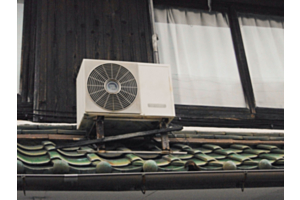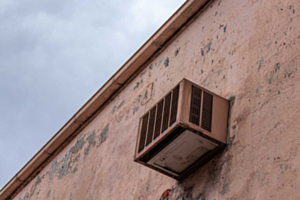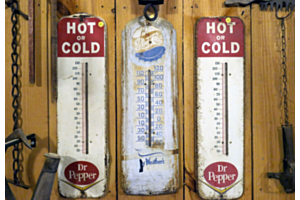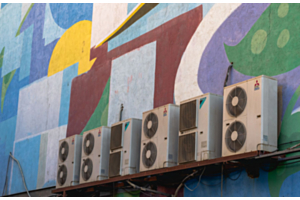Can I Run Mini Split Lines in the Attic?

Since a mini split system is ductless, the attic is usually a popular place to get the equipment installed. After all, the attic is out of sight for many homeowners, so you don’t have to worry about wiring or indoor air-handling units taking away from the appearance of your home.
Can you run mini split lines in the attic? In today’s post, that’s exactly what we’ll discuss, so let’s get started.
All ductless mini split systems have a line set, which refers to the copper tubing that links the evaporator to the condenser or compressor. The evaporator, in this case, refers to the indoor air-handling units.
You may worry about the copper lines in your attic, which are very prone to hot and cold shifts that the changing seasons deliver.
This is a rightful concern. Although copper cannot rust or corrode, copper will contract or expand according to changes in temperature. This can eventually cause the copper lines to bend, warp, or buckle.
Now that the copper lines have signs of stress, they may break down faster, especially after another year or two of seasonal changes that cause the copper wires to expand and contract. Before you know it, you have a crack in the wire that leads to coolant leaks. It’s a whole mess.
Even if the lines didn’t crack, they could develop frost or condensation on the surfaces due to the very cold and hot temperatures in your attic, respectively. Both the presence of excess frost and condensation affect how efficient your mini split system is. You won't feel the excellent heating and cooling you're so used to.
You’d have no choice but to call out a professional to get your mini split repaired and the copper wires potentially even replaced.
It’s for those reasons that your friendly ductless mini split installation professionals will usually only run mini split lines to the attic if the attic is already insulated.
By insulating the attic, it will maintain more temperate conditions throughout the year. Plus, insulating this space can make a major difference in how comfortable your home feels, so that’s a nice added bonus.
If your mini split installation professional tells you that they can’t run the mini split lines to the attic, then another potential area for the lines is a crawlspace in the basement.
That being said, you must have insulated the crawlspace, as it’s prone to the same types of temperature fluctuations as an uninsulated attic. You already know that this can put stress on the copper wires of the mini split system, potentially cause leaks, and affect how well your mini split operates.
What if neither of those two locations works for running mini split lines in your home? Then your basement is a potential third option, but defer to your installation pros on whether this is feasible. A basement, especially if it’s finished, is usually a lot more well-insulated than either the attic or the crawlspace downstairs.


